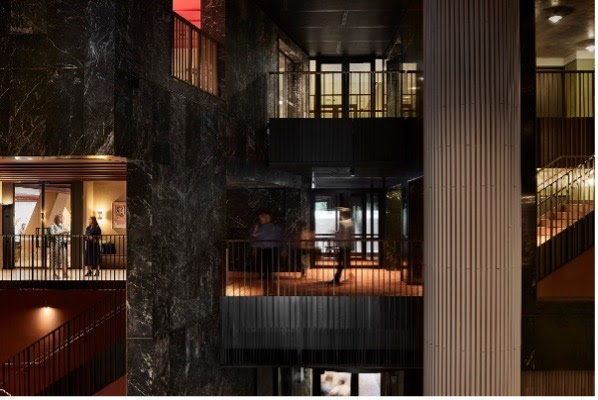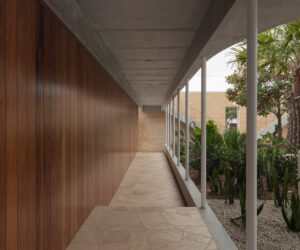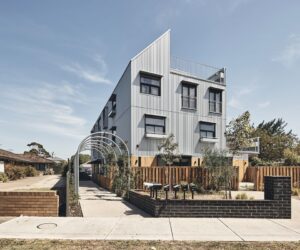Kerstin Thompson Awarded Australian Architecture’s Highest Honour
The Australian Institute of Architects have announced Kerstin Thompson, the founding Principal of Kerstin Thompson Architects (KTA), as the recipient of the 2023 Gold Medal. She becomes the fourth woman to receive the prize in its 63-year history, having founded her studio in 1994 and built the business and led the practice as sole principal since.
The profession’s highest award, it recognises Thompson’s extraordinary service to the industry as well as her design and execution of ‘buildings of high merit, producing work of great distinction that has advanced architecture…’
Previous winners of the Gold Medal include leading lights who have shaped Australia’s civic culture and built environment since 1960 including Sir Roy Grounds, Robin Boyd, Jorn Utzon, Harry Seidler, Phillip Cox, Peter McIntyre, Daryl Jackson, Glenn Murcutt, Brit Andresen, Peter Corrigan, Stephen Ashton, Howard Raggatt and Ian McDougall, John Wardle and last year, Sean Godsell.
On winning the award, Thompson said, ‘[T]his milestone [is] as an acknowledgment of past achievements but also a future challenge to (continue) the design of buildings that meaningfully connect people with place and the fostering of a stimulating and supportive workplace culture. [T]o continue with the reward and responsibility of education … and beyond the academy, advocating for architecture.’
Thompson plays an active role promoting quality design within the profession and the wider community. A passionate defender of civic space and advocate for extracting new life from our built heritage, Kerstin has instilled her values in her team at KTA to create award winning projects, such as Bundanon Art Museum & Bridge, Queen & Collins, Broadmeadows Town Hall and Melbourne Holocaust Museum.
Thompson said of the evolution of her vision, practice and KTA, ‘When I started my practice, I had no particular plan but I did [want to] rethink some of the questionable myths foundational to some of architecture’s most celebrated figures: for example that design quality and business acumen were not mutually exclusive nor a rigorous design culture with a supportive workplace; that an architect could show strength and sensitivity, clarity of leadership and keen listening. In being conscious of these myths … I could give form to an alternate model of architectural leadership, one that challenged …some stereotypes, with actions and perceptions … A determination to take on a wide scope of project scale and program was deliberate – to avoid being pigeon-holed or playing to expectations of what women architects ‘should’ do.’







